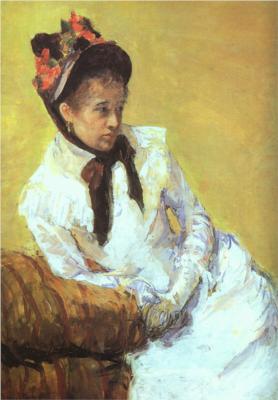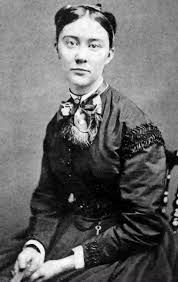
1844 - 1926
Mary Stevenson Cassatt

description
Mary Stevenson Cassatt was an American Impressionist. The main subjects of her works are the social and personal lives of women and motherhood.
She started her creative career with works in the classical style but later joined the Impressionists. The primary mentor and close friend of the artist was Edgar Degas. A personal lyricism and naturalness distinguish the works of Mary Cassatt. Despite the positive mood of all her paintings, Mary Cassatt’s life was not so carefree. Unsupported by her father, she was unrecognised in the United States.
All her life, Mary sought to be independent. Although her parents were against their daughter’s love for the arts, she decided to devote herself to painting and enrolled in the Pennsylvania Academy of Fine Arts in Philadelphia. However, dissatisfaction with the patronising attitude from the male half of the teachers made her take up self-education. In 1866, she moved to Paris. She regularly visited significant European museums and learned to draw skillfully with pastel. In France, the artist met Edgar Degas and Camille Pissarro, who became her friends.
Until 1886, Mary was an active member of the Impressionist movement. Then she worked in other styles too.
Key ideas:
– Mary gave a characteristic sound to the depicting of motherhood. Her sentimental pictures about a mother and a child are full of love and kindness. The artist tirelessly painted everyday scenes of rest in the garden, bathing children, a morning toilet. She created many works in pastel techniques; Mary also performed engravings (etching, aquatint and dry needle).
– A distinguishing feature of her works is brightness. It seems like these paintings emit the artist’s love towards her models.
Till the end of her days, she remained a lonely feminist, without her own family.
1844
1866
1872
1874
1879
1886
1891
1904
1914
1926
The birth of the artist
Movement to Paris

“Two Women Throwing Flowers During Carnival”
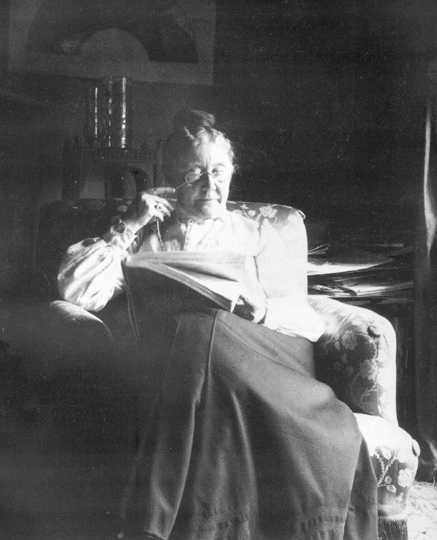
Meeting Degas
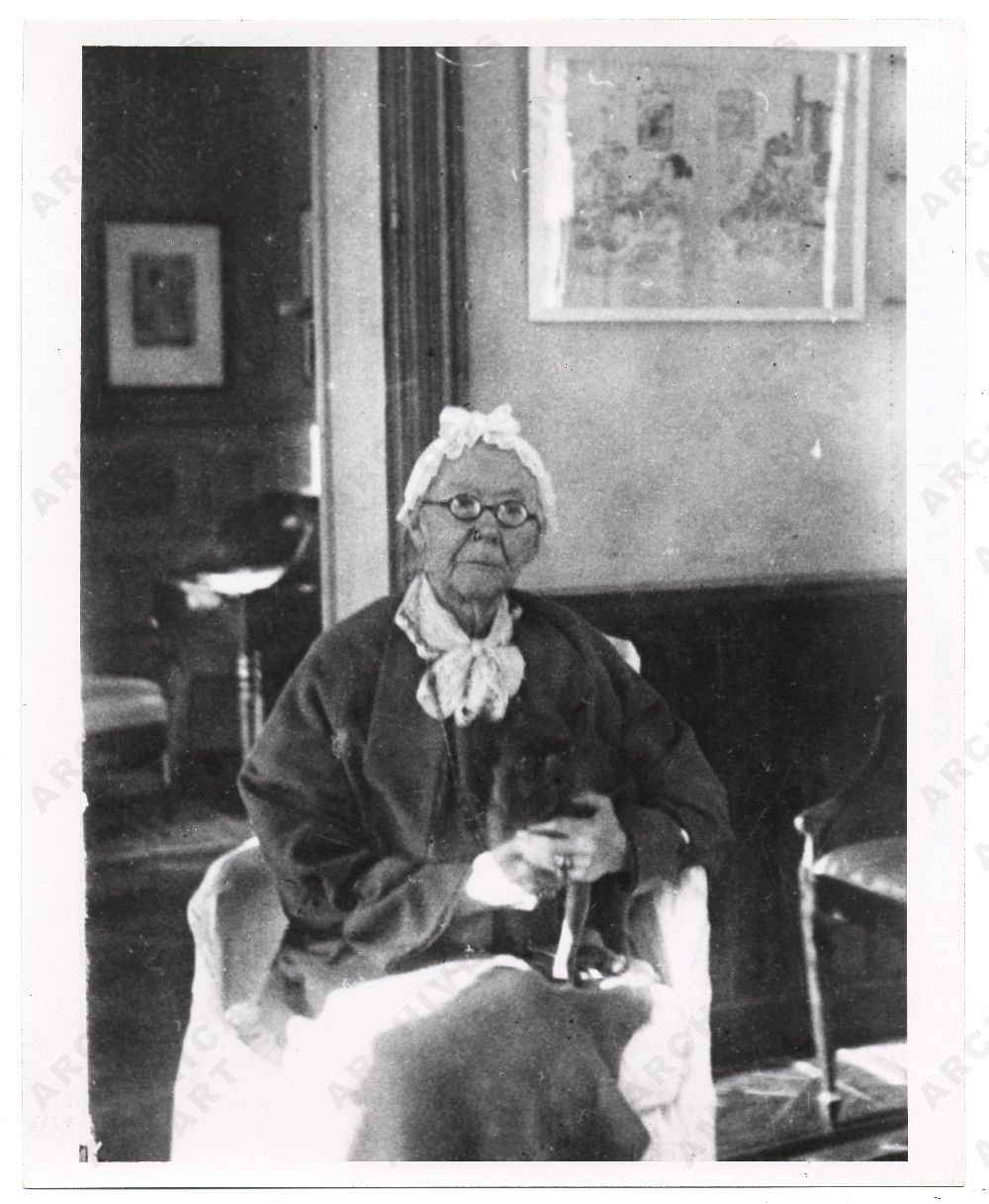
During an exhibition, critics of the Salon de Paris claimed that the colors of Mary Cassatt’s paintings were too bright. The artist did not agree with them. She was supported by Edgar Degas.
The exhibition of the Impressionists
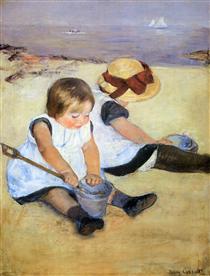
Searching for own original style
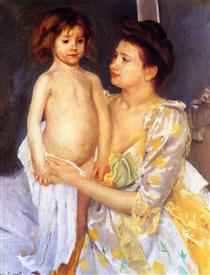
Lithographs
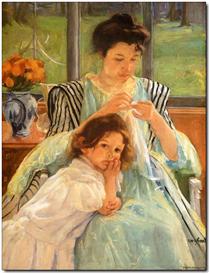
The artist was awarded the Order of the Legion of Honor.
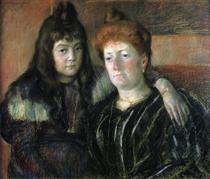
The solo exhibition
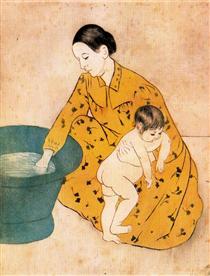
The death
